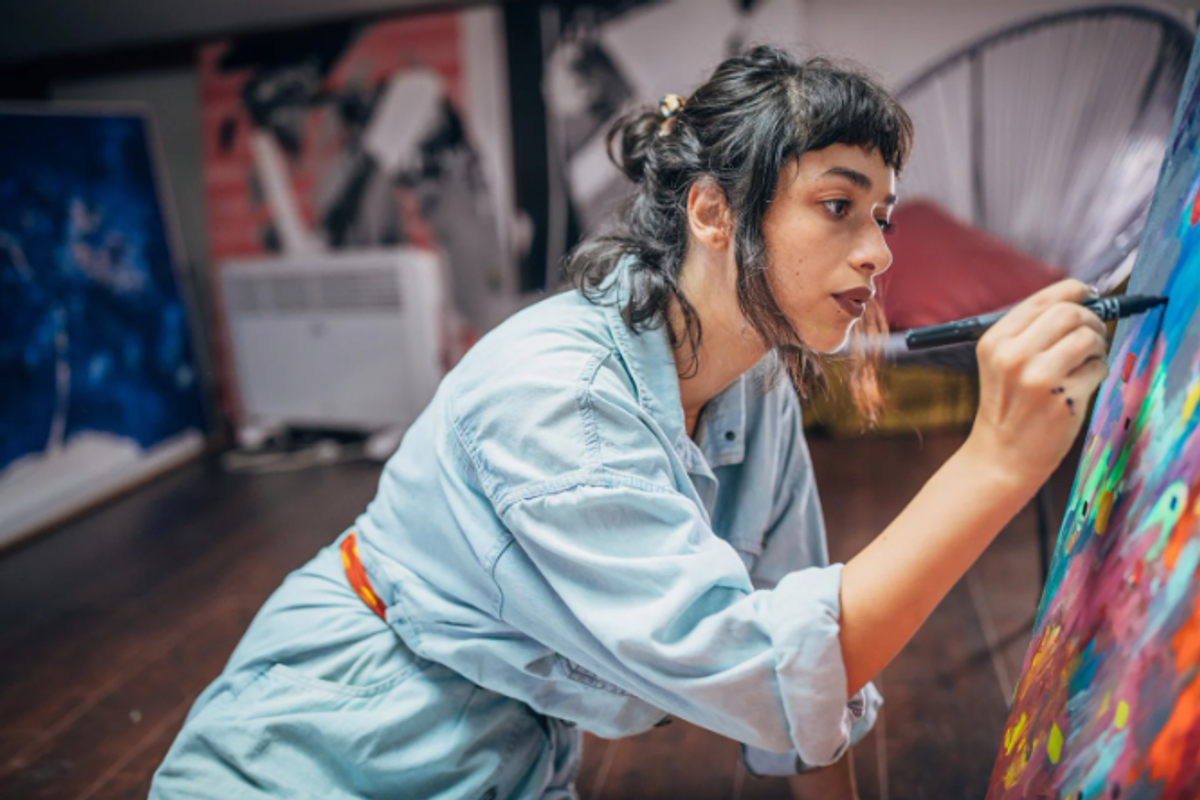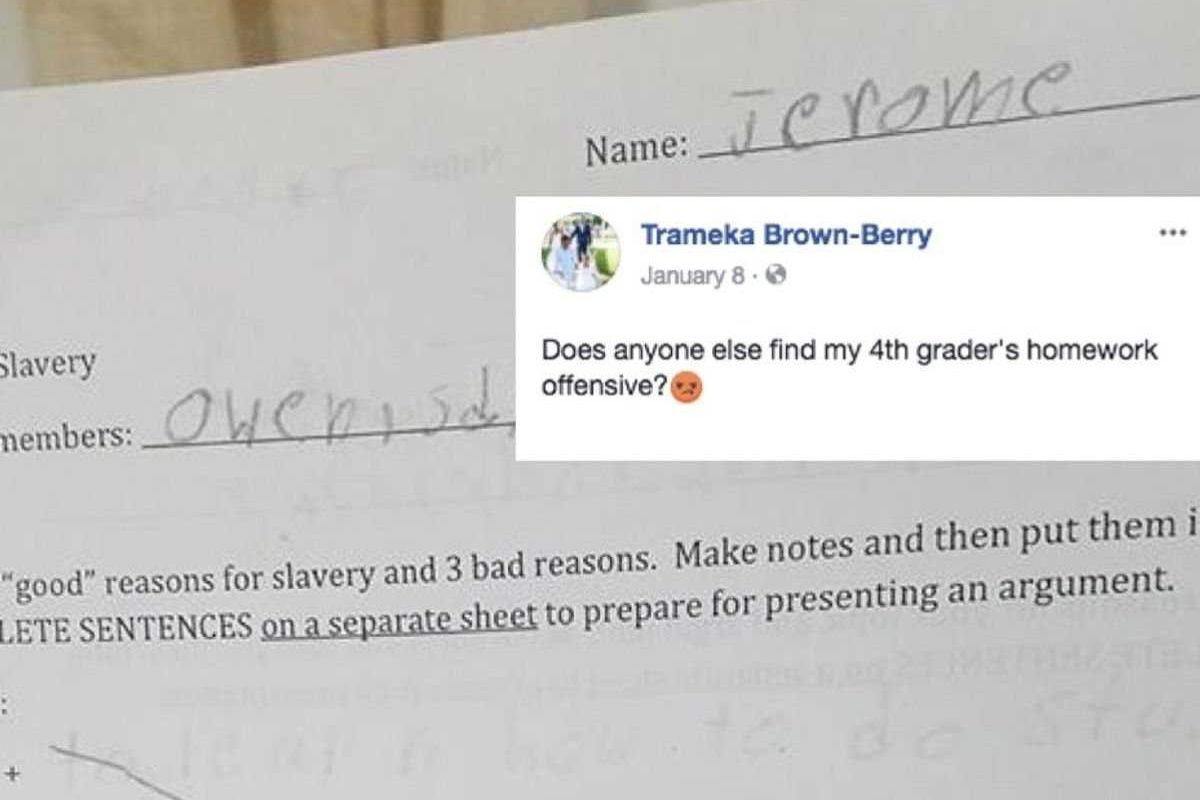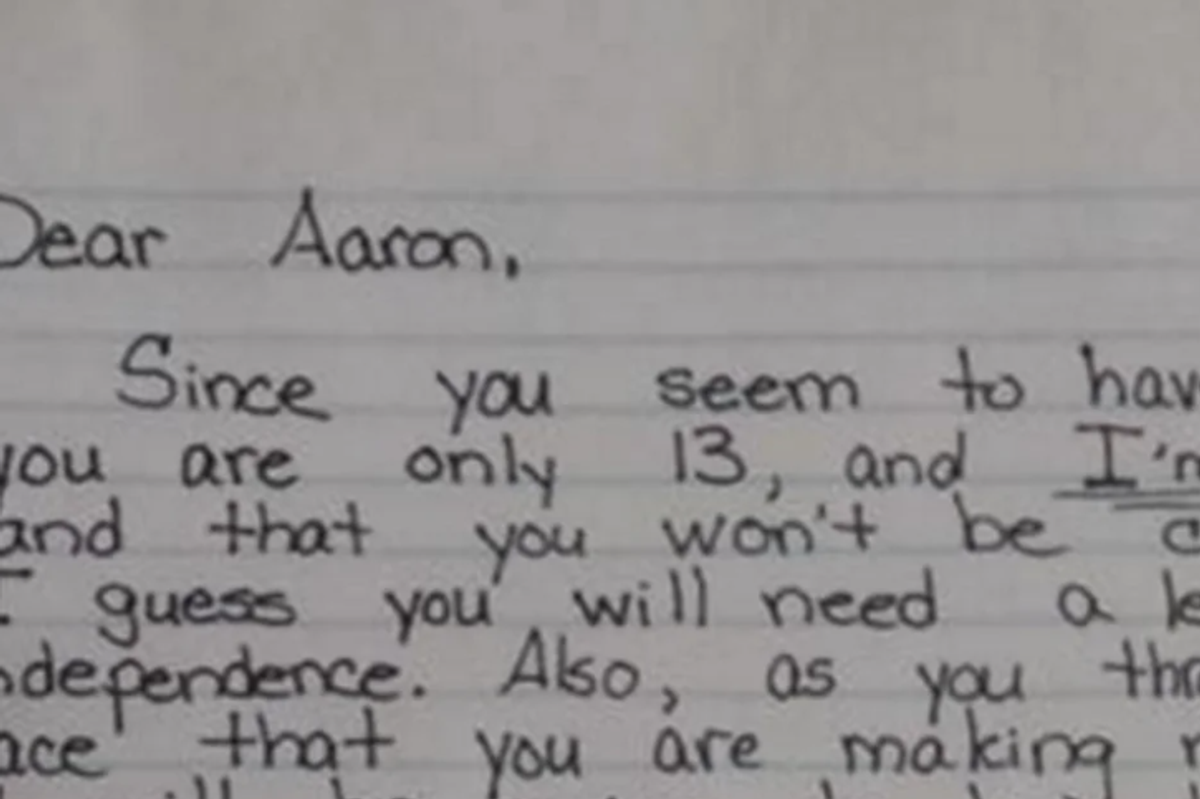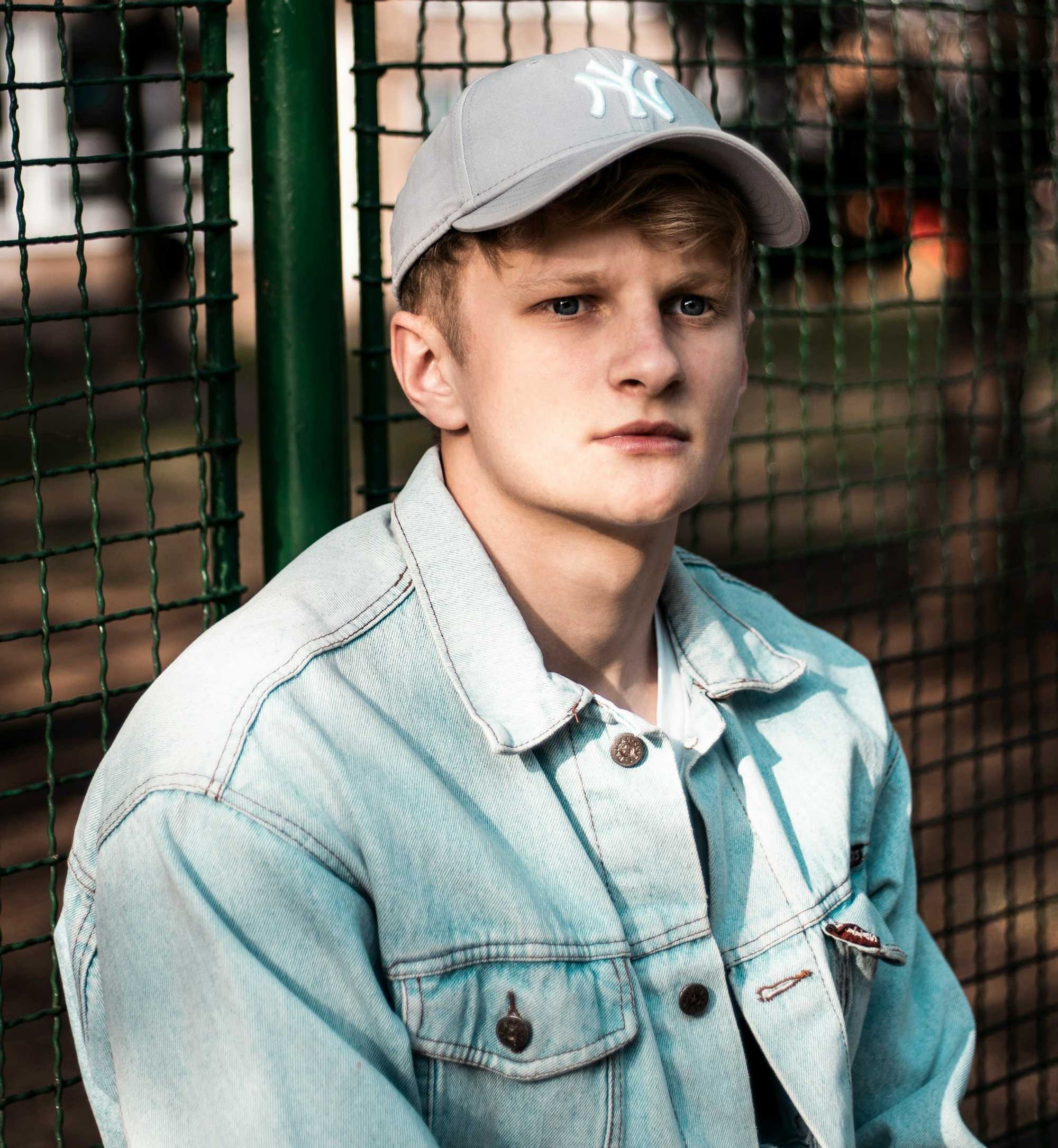When it comes to intergenerational conflict, you never hear too much about Gen Z having a hard time with Generation X or the silent generation having beef with the baby boomers. However, there seems to be some problem where baby boomers and millennials just can’t get on the same page.
Maybe it’s because millennials were raised during the technological revolution and have to help their boomer parents log into Netflix, while the grandparents get frustrated when their adult children don't know how to do basic homemaking and maintenance tasks. There’s also a political divide: Millennials are a reliable liberal voting bloc, whereas boomers are the target demographic for Fox News. Both generations also have differing views on parenting, with boomers favoring an authoritative style over the millennials' gentler approach, which leads to a ton of conflict within families.
A Redditor recently asked Xennials, older millennials, and younger Gen Xers born between 1977 and 1983 to share some quirks of their boomer parents, and they created a fun list of habits that can be both endearing and frustrating.
The users shared that millennials are frustrated with their parents' abilities to use technology but are touched when they send them a greeting card.
 Baby boomers are a fascinating and endearing group. Giphy
Baby boomers are a fascinating and endearing group. Giphy
Of course, it is reductive to reduce generations into a series of stereotypes, whether it’s millennials or baby boomers. But, for many, hearing that they aren’t the only person who gets frustrated with their boomer parents can be pretty cathartic and make them feel less alone.
Here are 15 boomer parent quirks that Millennials just don’t understand.
1. They save everything
"They save EVERYTHING (containers, jars, boxes, etc.) just in case they might be able to use it for something later. I feel like this habit was handed down from our grandparents' Great Depression upbringing."
"Absolutely! Shopping bags, empty yogurt containers, boxes that some product came in…..although I love me a 'good box!' I have all my iPhone boxes for no reason."
You know the old saying: Is she really a grandma if she doesn't rinse out used plastic baggies to save for later?
 An average boomer's basement. Photo by Tania Melnyczuk on Unsplash
An average boomer's basement. Photo by Tania Melnyczuk on Unsplash
2. Scary texts
"Will text something foreboding like 'we need to talk;' then turns out she forgot a recipe."
"My dad will text me 'You need to call me right now' when it’s nothing. And not tell me major life events until well after the fact. Like my aunt had a heart attack and I found out a week later from her son. (And my dad did know.)"
It's true, generations have been battling over tone and punctuation in texts for years.
 They love to scare their adult children with dramatic texts. Giphy
They love to scare their adult children with dramatic texts. Giphy
3. Stranger death toll
"My mom is ALWAYS telling me about dead people I’ve never met. I really do not care. I know that sounds awful, but I don’t have it in me to be sad for everyone on the planet when they pass."
“You remember my friend Carol? Her aunt had that above-ground swimming pool in her backyard. We swam in it a couple times one summer when you were about 9. Anyway, Carol’s mom just lost her brother-in-law. They were very close. Thought you’d want to know.”
 Boomers love to talk about random people who have died, and large-scale tragedies. Giphy
Boomers love to talk about random people who have died, and large-scale tragedies. Giphy
4. They don't travel
"They act jealous of us traveling but refuse to go anywhere."
"Ooh good one. Mine act jealous of anything we do/buy that they can't solely because they can't get out of their own way and actually make things happen."
And, in general, they have more money and time to make it happen! But they often insist on being homebodies, to their own chagrin.
 Boomers love staying at home for no good reason. Giphy
Boomers love staying at home for no good reason. Giphy
5. They print everything
"My Boomer FIL prints out EVERYTHING from his computer. I understand printing out instructions or recipes to help remember but do you really need a file cabinet full of forwarded emails from friends and sale adverts from 5 years ago? Oh well, at least he keeps it organized. Also, both TVs in the house run 24/7 playing reruns of 'CSI: Who Gives a Sh*t Anymore?'"
"I'm not on Facebook, but my dad is. Last year, he made a celebratory post on my birthday and all his church friends liked and commented on it. He printed up the post and all of the comments, stapled it into a little book, and MAILED me the printed Facebook comments..."
 If it can't be held in their hand, they don't trust it. Giphy
If it can't be held in their hand, they don't trust it. Giphy
6. 'From, dad' texts
"My dad sends text messages with, 'From, Dad' at the end of them. It cracks me up every time. He also states who he is every time he calls me."
This has to be one of the more endearing things the boomers do. Please never stop.
7. Irrational fears
"One quirk my dad had was that he was deathly afraid of the house burning down. Not from the standpoint of the danger of fire but when he was growing up, if your house burnt down, you were basically homeless and destitute. My mom is much more level headed about it. She always told my dad, that is why we have homeowners insurance."
8. Expired food
"My mother-in-law doesn't throw out expired food. She has food in her pantry that is several years past their expiration dates. Same with condiments in her fridge. You just can't trust any of the food she has on hand because more than likely than not it's way expired. When we have brought this up, that she needs to throw some stuff out, she insists it's absolutely fine. It's not. "
"My grandmother is the same way. Once, she opened her refrigerator, and there was a jar of pickles with mold floating on the surface of the liquid. I pointed it out, and she said it was still good. She would just scoop the mold out at a later time. She has an incredibly strong stomach and immune system."
They also love to stock up on and freeze certain staples, even milk.
 They'll keep food for way, way too long. Giphy
They'll keep food for way, way too long. Giphy
9. Smartphone addiction
"You always hear a kids 'these kids always on their damn phones.' But when it comes to phone addiction, boomers are far worse."
"My mom drives five hours to see us, then spends the whole time texting people from her church or looking at Facebook."
"I once sat in their living room for over an hour before they decided to put their phones down and speak to me, only to phub me and pick them right back up."
It's not the Gen Alpha kids keeping Bejewled in business!
10. Rigid gender roles
"My dad still clings to the traditional division of 'men's/women's work.' He'll fix a car, do any outside work, clean out a clogged drain. Cooking? If it's any more complicated than making coffee or calling in a pizza, he can't/won't. I don't think he even grills anymore. Laundry? Hell no. Taking care of small children? He'll play with them but that's it."
 They still hold onto outdated gender stereotypes. Photo by Frankie Cordoba on Unsplash
They still hold onto outdated gender stereotypes. Photo by Frankie Cordoba on Unsplash
11. The TV is constantly on
"In-laws leave the TV on for all waking hours. And FIL gets irritated if someone talks over the episode of MASH or Walker, Texas Ranger, that he's already seen 50 times. Like clenching his teeth and stomping the floor."
"TV on 24/7. Constantly flipping between some version of Law and Order, HGTV, and Guy Fieri. Asking me 'did you see that commercial where…' No mom. I don’t have cable. I don’t see commercials. All of the time."
 This is the generation that invented TV as background noise. Giphy
This is the generation that invented TV as background noise. Giphy
12. They are always right
"My dad...he's has to be right about everything and doesn't know what to do if you beat him to the point on something. He once was giving me a recipe that required cinnamon, cardamon, and clove and told me just to use Pumpkin Pie Spice! It's the greatest thing! 'Dad, I don't need to. I have all those spices on hand (I bake)' But...no! You have to use this. 'No, I don't. I don't need to buy something that I already have" It happens all the time."
"My parents are always right and they are not impressed about anything."
13. Obsessed with the weather
"Yes, my dad should have been a meteorologist. He used to have a weather alert radio that would sound off in the middle of the night and he would watch the weather channel constantly. We all had to quiet down when your local weather forecast on the 8's came on. He gets really excited about severe weather like when we might get thunderstorms or a tornado."
There's nothing quite like the thrill a boomer gets from relentlessly tracking every movement of an oncoming storm that will probably amount to some rain and little else.
 They love intensely tracking a thunderstorm via The Weather Channel Giphy
They love intensely tracking a thunderstorm via The Weather Channel Giphy
14. One more thing
"Without fail, every time I'm leaving my mother's house and backing down the driveway, she comes back out of her house and stops me to say something else, even though we'd just spoken."
15. Mail stress
"My mom has an anxiety attack during the entire journey of a package or piece of mail she dispatched to me. No, she doesn’t know how to track. She will not rest until she knows that a package has arrived or a nominal check has been cashed. She calls when she is thinking about sending something, when she sent it, when it’s en route, and when it’s expected to arrive. God forbid it’s late. And if I don’t issue a prompt thank you, she will guilt me."
It all makes you wonder what new conflicts will pop up when the millennials become grandparents, and the Gen Z and Gen Alpha kids are the ones doing the griping. Probably that millennials will continue to insist on Googling things when traditional search engines have long been replaced, or that the 90s and 2000s kids will never stop listening to Lil Jon-era hip hop, no matter how old they get and how inappropriate it becomes.
Guess we'll see. Stay tuned!
This story originally appeared in January. It has been updated.






 Baby boomers are a fascinating and endearing group.
Baby boomers are a fascinating and endearing group.  An average boomer's basement. Photo by
An average boomer's basement. Photo by  They love to scare their adult children with dramatic texts.
They love to scare their adult children with dramatic texts.  Boomers love to talk about random people who have died, and large-scale tragedies.
Boomers love to talk about random people who have died, and large-scale tragedies.  Boomers love staying at home for no good reason.
Boomers love staying at home for no good reason.  If it can't be held in their hand, they don't trust it.
If it can't be held in their hand, they don't trust it.  They'll keep food for way, way too long.
They'll keep food for way, way too long.  They still hold onto outdated gender stereotypes. Photo by
They still hold onto outdated gender stereotypes. Photo by  This is the generation that invented TV as background noise.
This is the generation that invented TV as background noise.  They love intensely tracking a thunderstorm via The Weather Channel
They love intensely tracking a thunderstorm via The Weather Channel 
 Family moving into a new home.
Family moving into a new home.  Driving Road Trip GIF by Rosen Hotels & Resorts
Driving Road Trip GIF by Rosen Hotels & Resorts 

 "
"
 Teaching teenagers about real-life consequences isn't easy. Photo by
Teaching teenagers about real-life consequences isn't easy. Photo by  Kids need to be reminded, sometimes, of how much they still depend on mom. Photo by
Kids need to be reminded, sometimes, of how much they still depend on mom. Photo by